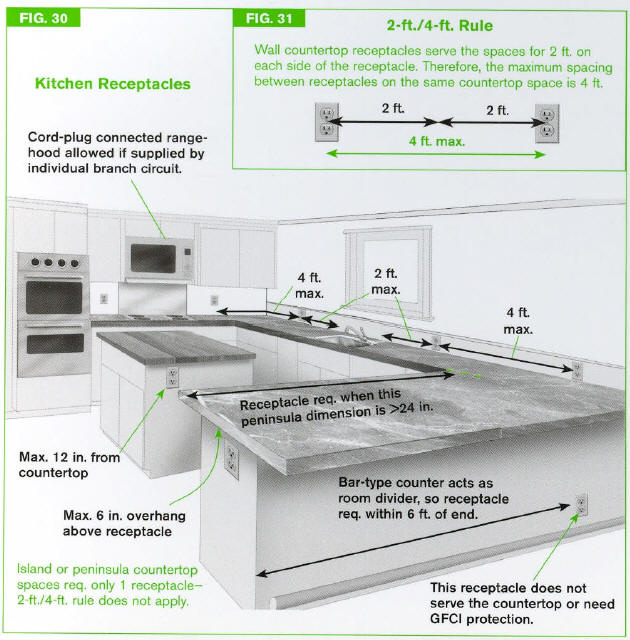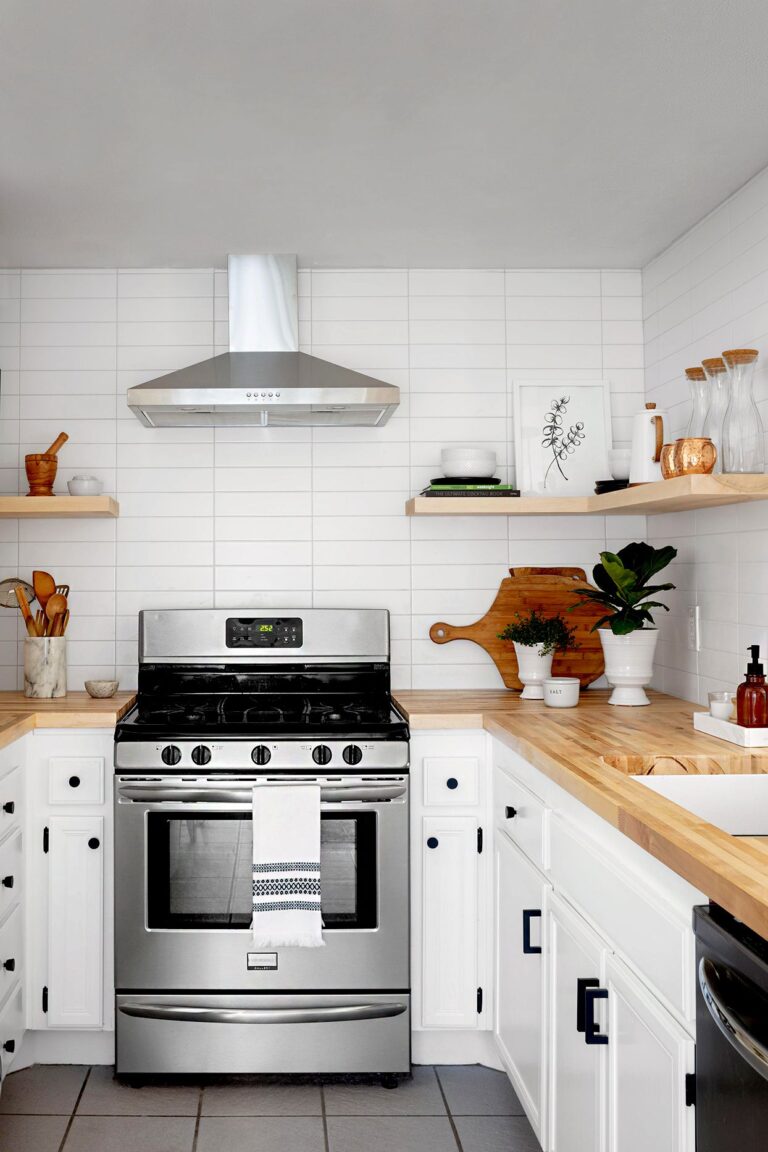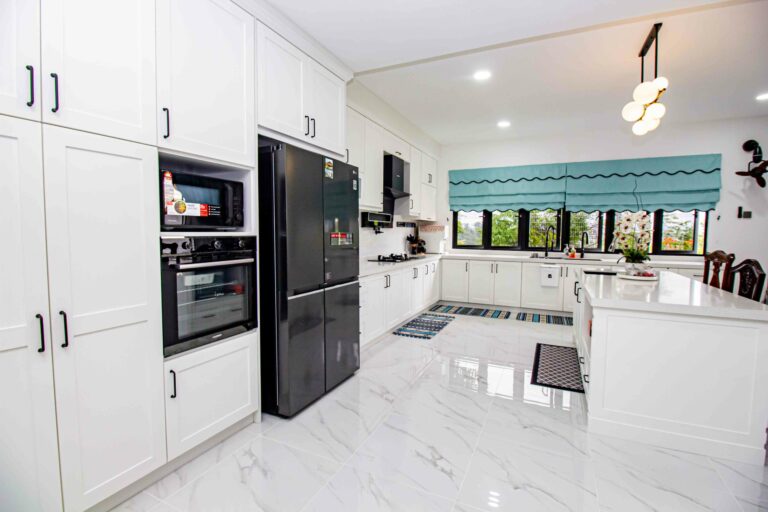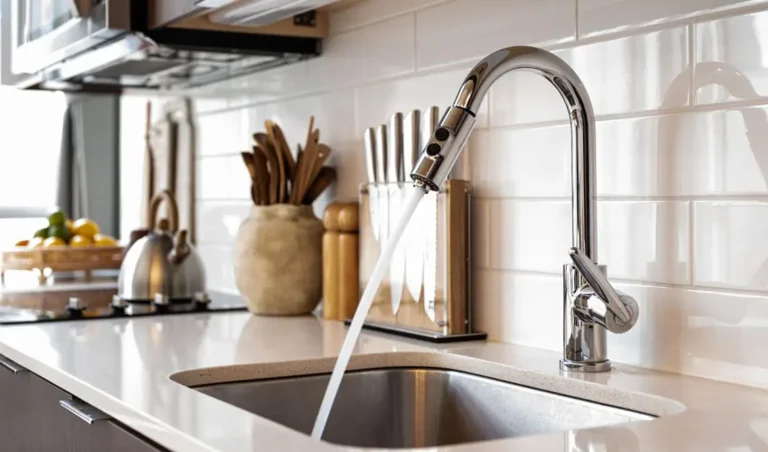What Are The Circuit Requirements For A Kitchen?
Having a functioning kitchen is essential for any home. To ensure that your kitchen is up to code and safe, you must understand the circuit requirements for a kitchen. In general, kitchens should have at least two dedicated circuits: one for the refrigerator and one for the counter outlets. This is to ensure that the power draw of the refrigerator does not interfere with the other appliances, such as the coffee maker and the microwave. Additionally, many local building codes also require a GFCI (ground fault circuit interrupter) outlet to be installed near the sink. GFCIs are designed to prevent electrical shocks and are a must for any kitchen. Finally, depending on how many appliances you have, you may need additional circuits for other large appliances such as a dishwasher, oven, or garbage disposal.
Different Types of Circuits Used in Kitchens
Kitchens require electrical circuits for powering appliances and lighting. For safety and efficacy, it is important to understand the different types of circuits available and the specific needs of each one. A kitchen may require some combination of general lighting, task lighting, and appliance circuits.
General lighting circuits are used to provide basic illumination throughout the kitchen, often from overhead fixtures. These circuits are typically powered by a switch that controls all the lights in the kitchen. Task lighting circuits provide focused light to specific areas of the kitchen, such as over a kitchen island or a sink. Appliance circuits are used to power larger kitchen appliances, such as refrigerators, garbage disposals, dishwashers, and microwaves.
In addition to these circuits, kitchen wiring may also include ground fault circuit interrupter (GFCI) outlets, which are designed to protect people from shocks. GFCI outlets are required in kitchens and must be tested regularly. Finally, dedicated circuits are sometimes used to power more demanding kitchen appliances, such as high-power range hoods and electric ovens.
Properly understanding and installing these circuits is essential for a safe and efficient kitchen. It is best to consult with a qualified electrician if you are unsure about the requirements for a kitchen circuit.
Wiring Requirements for a Kitchen
A kitchen is a highly complex area requiring multiple electrical outlets for the appliances and lighting fixtures that make up the space. When remodeling a kitchen, it is important to understand the circuit requirements and ensure that all wiring is up to code. This article will discuss the electrical codes and regulations that must be followed when wiring a kitchen, and the necessary circuit requirements.
A kitchen is typically powered by a dedicated circuit, meaning that all of the appliances and lighting fixtures must be connected to the same circuit. This ensures that the kitchen has a consistent source of power and avoids overloading a single circuit. It is important to note that all wiring within the kitchen must be done according to local electrical codes and regulations.
The most common circuit requirements for a kitchen include a dedicated circuit for the refrigerator, one for the dishwasher, and one for the countertop appliances. In addition, a circuit for the lighting fixtures is also required. Depending on the size of the kitchen, the number of circuits may need to be increased to accommodate all of the appliances. Additionally, it is important to note that any additional circuits, such as those for a microwave oven, must be properly identified and labeled.
Types of Receptacles and Switches Used in Kitchens
Kitchens are a place of activity, so it’s essential to have the right components in place to ensure safety and efficiency. From receptacles and switches to outlets and circuits, there are a variety of components that need to be taken into account when designing a kitchen. This article will provide an overview of the various types of receptacles and switches used in kitchens, as well as the circuit requirements for each component.
Receptacles are an essential part of any kitchen, providing power to a variety of items, such as small kitchen appliances, lighting, and other electrical devices. The National Electrical Code (NEC) requires dedicated 20-amp receptacles for all kitchen countertops. These receptacles must be GFCI-protected to prevent shocks and other electrical hazards.
Switches are also an important component in the kitchen. Switches are used to control lighting, exhaust fans, and other electrical devices. The NEC requires that all switches in the kitchen be of the 3-way or 4-way type and be installed in a damp-proof enclosure. Additionally, all switch boxes must be accessible for easy maintenance.
Finally, the NEC requires that all kitchen circuits be dedicated to 20-amp circuits. These circuits must be GFCI-protected and have the proper over-current protection. Furthermore, all kitchen circuits must be connected to a dedicated branch circuit.
Ground Fault Circuit Interrupters (GFCI)
and Arc Fault Circuit Interrupters (AFCI) are two of the most important circuit requirements for kitchens that must be met to ensure the safety of those who use them.
Kitchens are a high-traffic area in any home, and it’s important to take safety precautions to ensure the safety of all who use them. One of the most important safety measures for any kitchen is to meet the circuit requirements that are set by both the National Electrical Code (NEC) and local building codes. Installing Ground Fault Circuit Interrupters (GFCI) and Arc Fault Circuit Interrupters (AFCI) are two of the most important circuit requirements for any kitchen.
GFCI outlets are designed to detect any current leakage, which can be caused by a wet appliance, loose wiring, or a faulty appliance. If the GFCI detects any current leakage, it will automatically shut off the circuit, preventing any potential electric shocks. GFCIs are required in kitchens, bathrooms, laundry rooms, and any area where water is present.
AFCI outlets are designed to detect a potential arcing condition, which can be caused by loose wiring, damaged outlets, or faulty appliances. If the AFCI outlet detects a potential arcing condition, it will automatically shut off the circuit, preventing any potential fire hazard. AFCI outlets are required in all kitchens, as well as any other areas that have a high risk of fire.
FAQs About the What Are The Circuit Requirements For A Kitchen?
1. What type of circuit is required for a kitchen?
A dedicated 15 or 20-amp, 120-volt circuit is required for all permanent kitchen appliances, including the refrigerator, microwave, dishwasher, garbage disposal, and any other permanent kitchen appliance.
2. How many circuits should a kitchen have?
Generally, a kitchen should have at least two 20-amp circuits to provide enough power for all the appliances in the kitchen.
3. Is a GFCI outlet required for kitchen outlets?
Yes, all outlets in the kitchen, including countertops, must be GFCI-protected. This is to protect you from any potential electric shock.
Conclusion
Designing a kitchen circuit requires careful consideration of the appliances that will be used in the kitchen, the amount of electricity they will draw, and the safety requirements for the circuit. Keeping these factors in mind, an electrician can ensure that the kitchen circuit is designed to provide the necessary power to the kitchen appliances while still meeting safety regulations.






